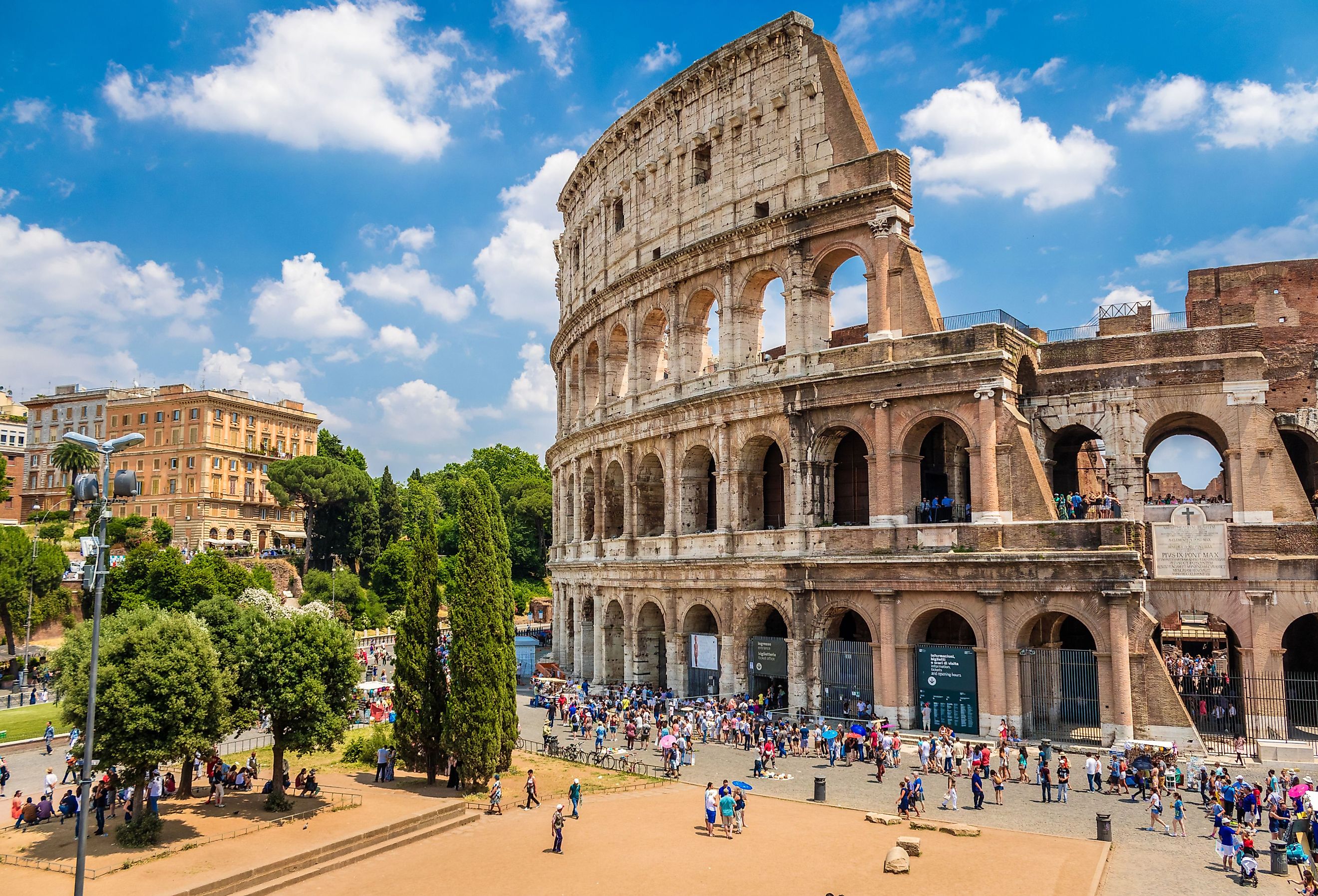
How Are Ancient Roman Buildings Still Standing?
Many people go to Rome to see the remains of buildings that are thousands of years old. These buildings still stand, such as the Colosseum and Pantheon, and are a stunning display of ancient Roman achievements and technology. Some more modern buildings are already deteriorating. The fact that ancient Roman buildings are outlasting modern-day buildings is a strange phenomenon. This has led scientists to look more deeply into how the ancient Roman's built their buildings and how they are still standing. Scientists have studied the materials of the buildings and looked at historical texts, hoping to uncover the Roman's secrets.
Explore what humans know so far about ancient Roman building technology and how these magnificent buildings are still standing today.
Where Are These Buildings Today
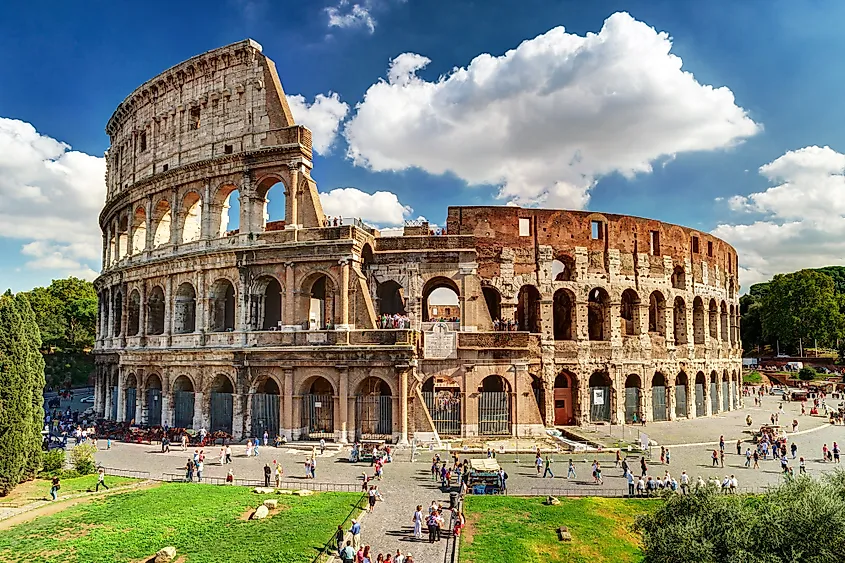
Ancient Rome covered a different area of land than the city of Rome today. Remains of ancient Roman buildings are in modern-day Italy and modern day France. One of the most popular ancient Roman buildings still standing today is the Colosseum. This is one of the most iconic ancient Roman structures and the most theatrical. The Colosseum is in modern day Italy. Another popular Roman site is the Thermes de Cluny in Paris. This was a Roman bathhouse. The ancient Romans have many other impressive buildings still standing today.
Pouring Concrete
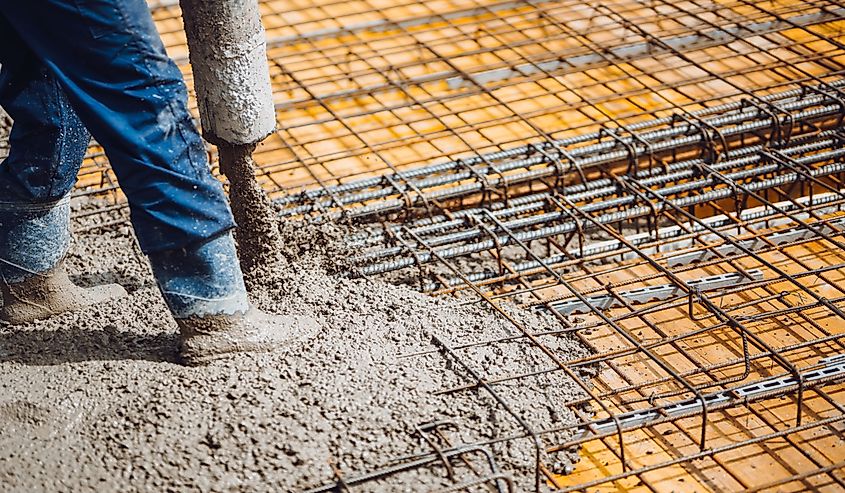
Considering buildings from Rome date back over 2,000 years ago, the Romans clearly knew how to make a building last. Ancient Roman buildings withstood earthquakes, floods and military conflicts. Researchers believe the secret to the ancient Romans having strong buildings was a mixture of ingenious design and a unique concrete formula. The ancient Romans didn't invent concrete but they had a special formula for it.
They used a mixture of materials such as burnt limestone and volcanic sand with water and gravel to create the right chemical reactions to bind everything together. They called this the pozzolanic reaction, named after the city of Pozzuoli. After mixing the concrete, the Romans poured it over wooden frames to shape the structure.
Modern Day Concrete
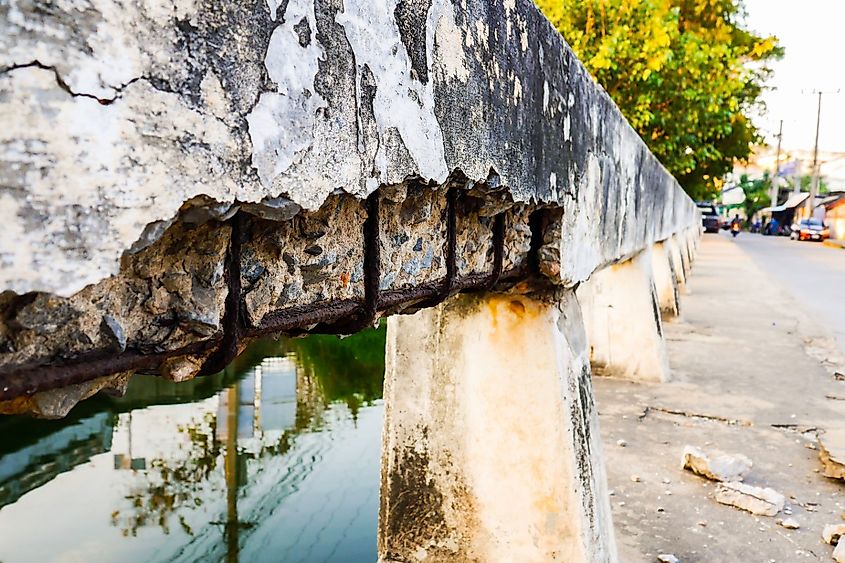
The ancient Roman methods for using concrete are similar to today's methods. Today, most concrete is a mixture called portland cement. This is a combination of silica sand, limestone, clay, chalk, and other minerals baked at a high temperature and crushed into a fine powder. This creates a rocky aggregate that has a varying grain size from small sand to chunks of stone. Mixing these different materials together makes the concrete strong. The addition of water to the mixture binds all the ingredients together. Unlike Roman concrete, modern concrete dries significantly faster but uses steel rebar to reinforce construction. This steel used to strengthen concrete, also weakens it over time as the metal corrodes.
Roman concrete is different than modern day concrete in a couple of ways. An important difference is that the concrete was not mixed as thoroughly. However, researchers believe this was intentional since the Romans wanted the concrete to have self-healing properties.
The Secret Ingredient
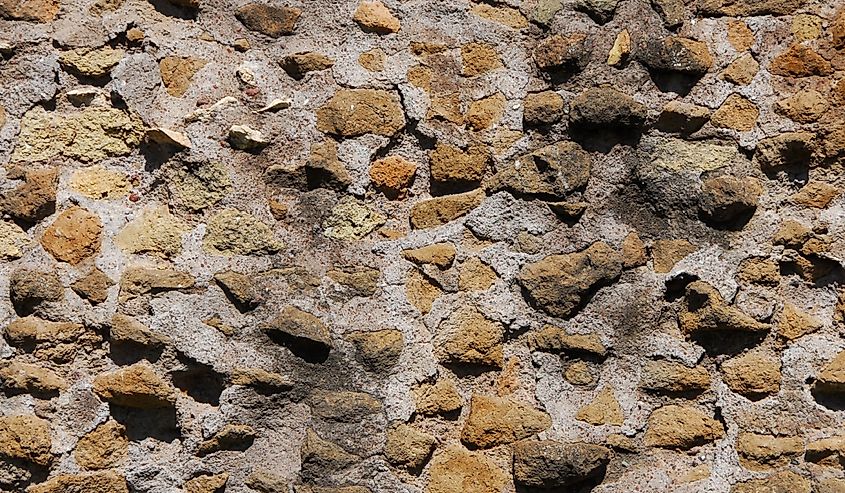
An amazing feat of ancient Roman concrete is the self healing capabilities it has. Over time, water can erode concrete, however, ancient Roman buildings have survived floods. While humans don't know for sure, some scientists today think the secret ingredient in ancient Roman concrete is lime chunks. One study published by a civil and environmental engineer found that the chunks of lime studded throughout the Roman concrete are not evenly distributed.
While scientists used to believe this was just because the Romans were not mixing their concrete properly, some researchers think this was intentional. The chunks of lime can act as a protective measure against water. When water cracks form, water seeps through concrete to the lime pockets. The lime and water create a chemical reaction that fill in the water damaged parts.
Carbon Emissions

Beyond the resilience of Roman concrete, Roman concrete also had a smaller carbon footprint, something humans can learn from. Today, cement production accounts for up to 8% of global greenhouse gas emissions by some estimates. The cement today doesn't last as long as the cement the Romans used. Often, modern-day cement crumbles away in a few decades. Studying ancient Roman methods for building allows us the opportunity to hopefully improve our own building methods.
Can't Use the Building Techniques for Skyscrapers
While the ancient Roman building methods and materials are impressive, some of them are not applicable to buildings today. This is because the concrete wouldn't be able to hold heavy loads. Tall buildings like skyscrapers would collapse without the proper support. However, researchers are trying to build new projects using the ancient Roman "self-healing" concrete. The concrete could be revolutionary in building. There are start up companies such as Masic which are trying to use the concrete.
Even though the ancient Romans are thousands of years behind us, they are remembered today for their strong structures. They serve as an inspiration for researchers and might even help us improve our building techniques in the future. These buildings also show the value of learning about past civilizations and other cultures.











